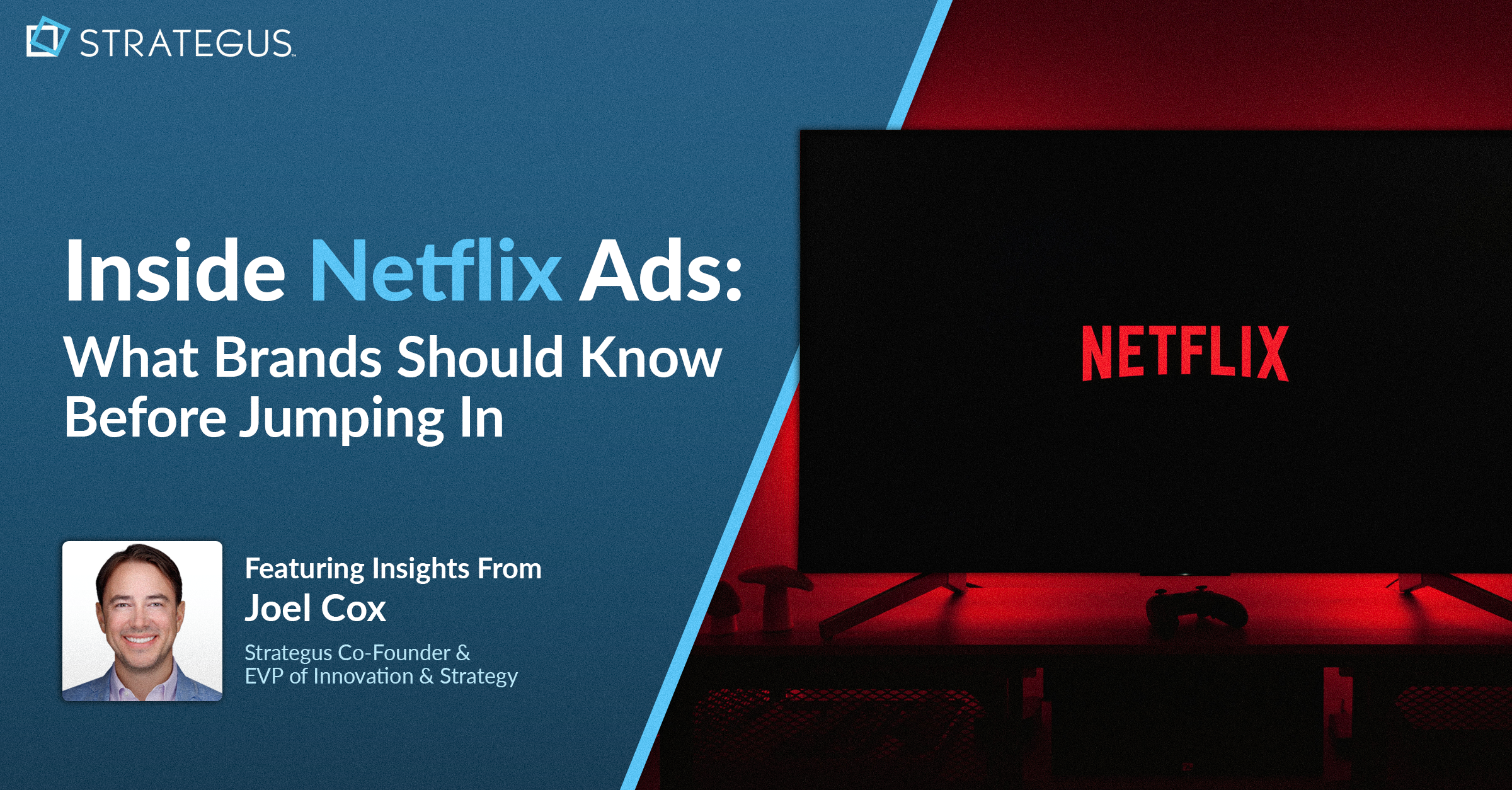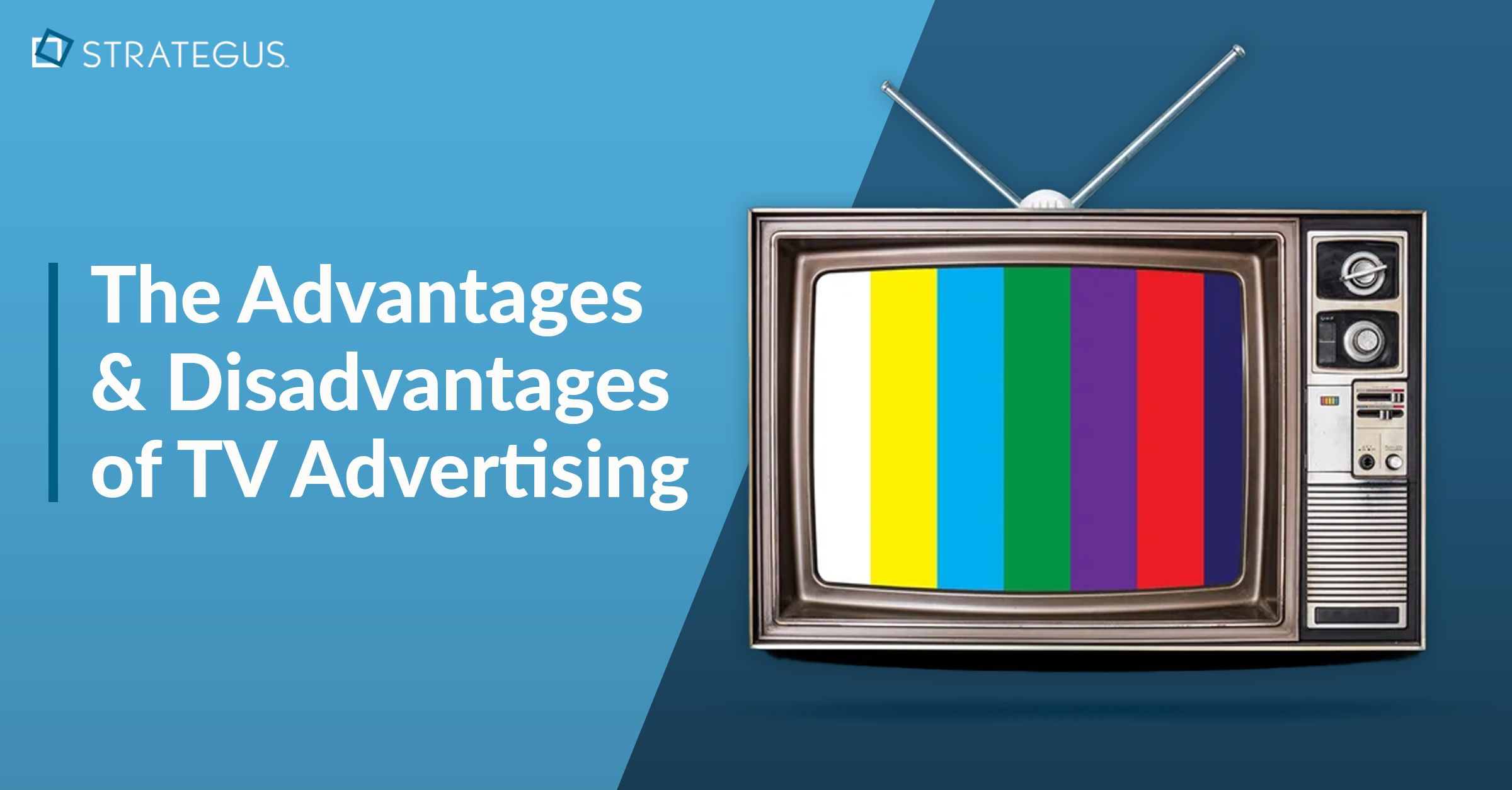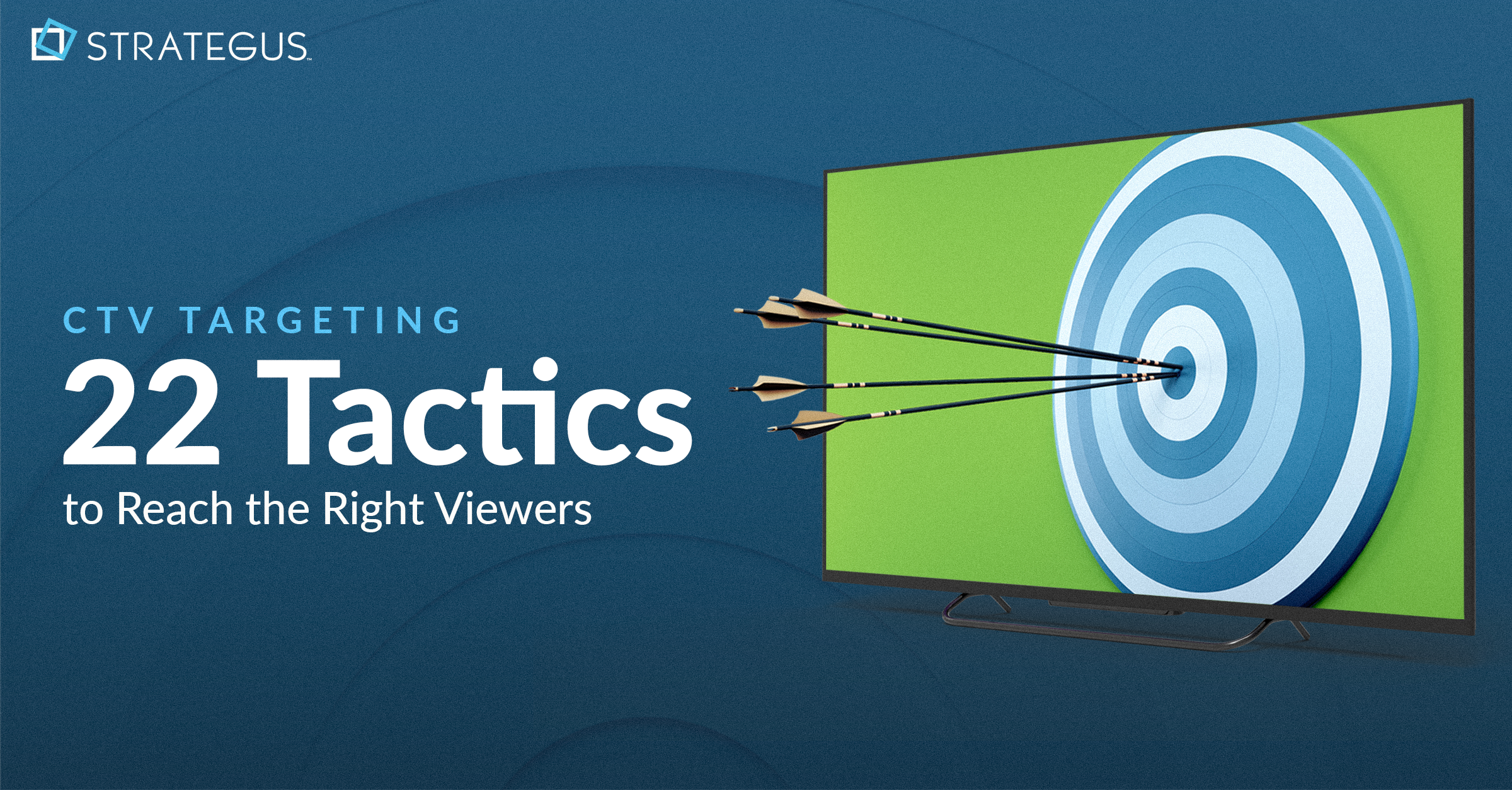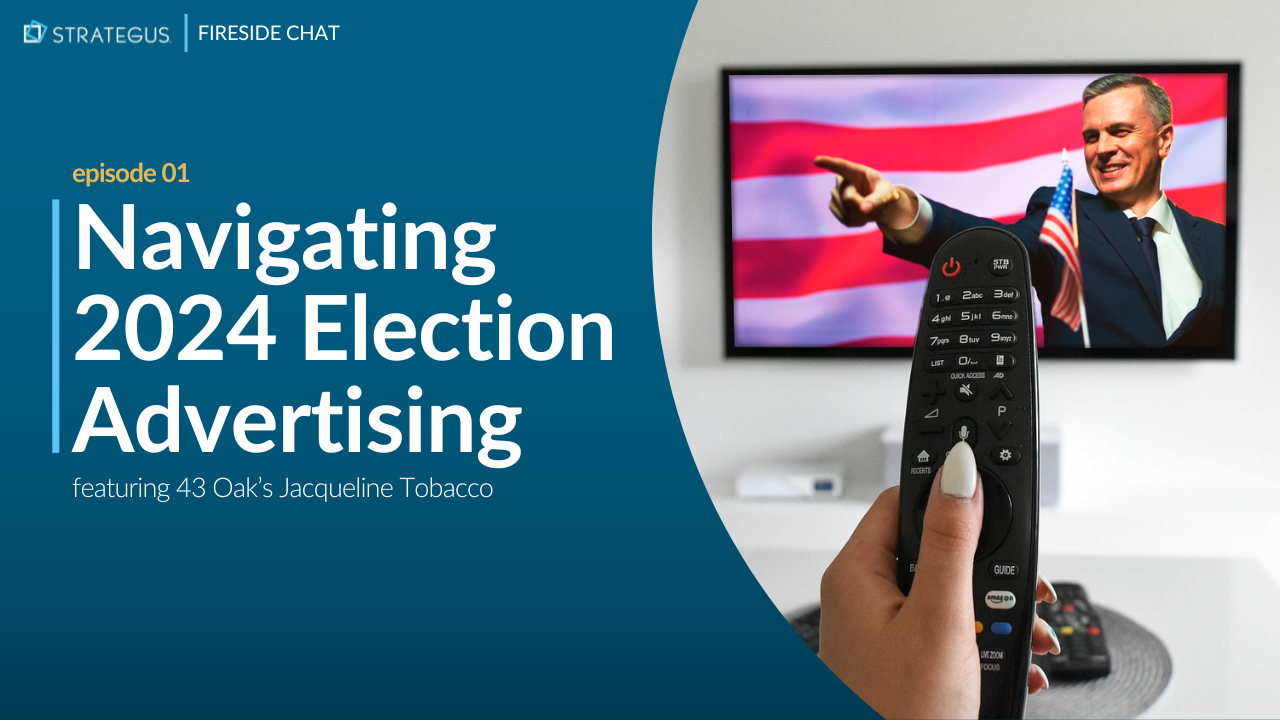- Home
- Strategus Blog
- Top AVOD Platforms for Advertisers Breaking into CTV
Top AVOD Platforms for Advertisers Breaking into CTV
 Andy Dixon
Andy Dixon
8 minutes read
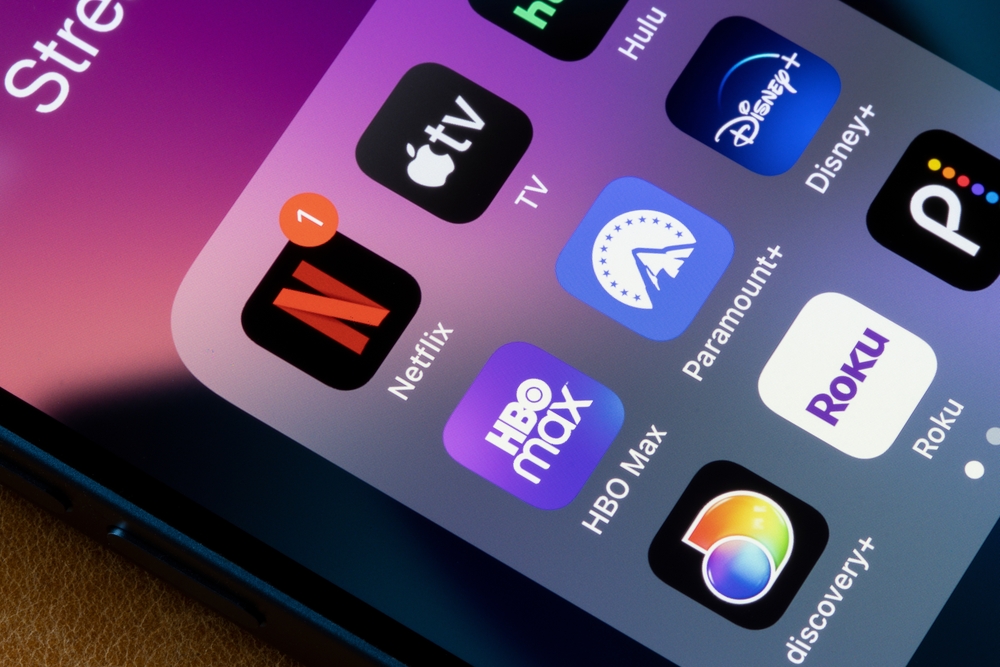
Connected TV (CTV) has emerged as a turning point for TV audiences, capturing viewers' attention and redefining how advertisers engage with consumers.
As streaming platforms continue to gain momentum, advertisers are presented with a unique chance to reach their target audience through a variety of channels.
Down below, this blog will highlight the top AVOD (advertising-based video on demand) platforms that are leading the way for CTV audiences.
So, if you’re new to the CTV realm or looking to maximize your brand’s visibility, join us as we dig into the possibilities that lie ahead.
Connected TVs and Devices

Connected TVs (CTV) are internet-connected devices that give viewers the ability to stream video content directly to their televisions.
This includes your everyday smart TV like Samsung smart TVs, streaming media players like Roku, Amazon Fire TV, and gaming consoles like PlayStation.
With CTV, users have access to a wide range of streaming services like Hulu, Paramount+, Peacock, and more.
For advertisers and brands, CTV is the way to reach the right audience, deliver targeted messages during video streaming, and measure results.
Here is how brands can leverage the power of CTV ads in an evolving media landscape:
Precise Targeting
CTV has advanced targeting options to narrow down to the exact audience. This starts with demographics and location and adds to personal interests, behaviors, and household characteristics.
Here’s how different business verticals can target more effectively:
-
Automotive dealerships can target consumers shopping online for trucks
-
Credit unions can message people who have been searching for how to get pre-approved for a home loan
-
Furniture retailers can reach someone who has recently moved or browsed home listings
-
Travel agencies can focus ads on people who have been searching online for flights
Enhanced Campaign Measurement
CTV advertising delivers robust measurement and analytics capabilities. It’s how advertisers are tracking campaign performance with pinpoint insights into consumer behavior.
Connecting other marketing tactics can establish full-funnel measurement, tracing back from the big screen to paid search and social channels.
Cross-Screen Reach
With the rise of apps and streaming services, viewers often spend time between devices. Now ad delivery has to remain adaptable to changing habits.
By delivering cohesive and consistent ad experiences across screens, advertisers can support their brand message and create a more comprehensive marketing approach.
CTV Growth

Advertising on CTV is a growing trend as it combines the ease of online advertising and the reach of TV.
On its current trajectory, CTV ad spend is expected to grow to 40.9 billion by 2027. And connected TV users in the US are projected to reach 62.6 million by 2025.
This remarkable growth in CTV viewers lets brands reach a broader set of potential customers and deliver their message to relevant audiences.
AVOD Service Types
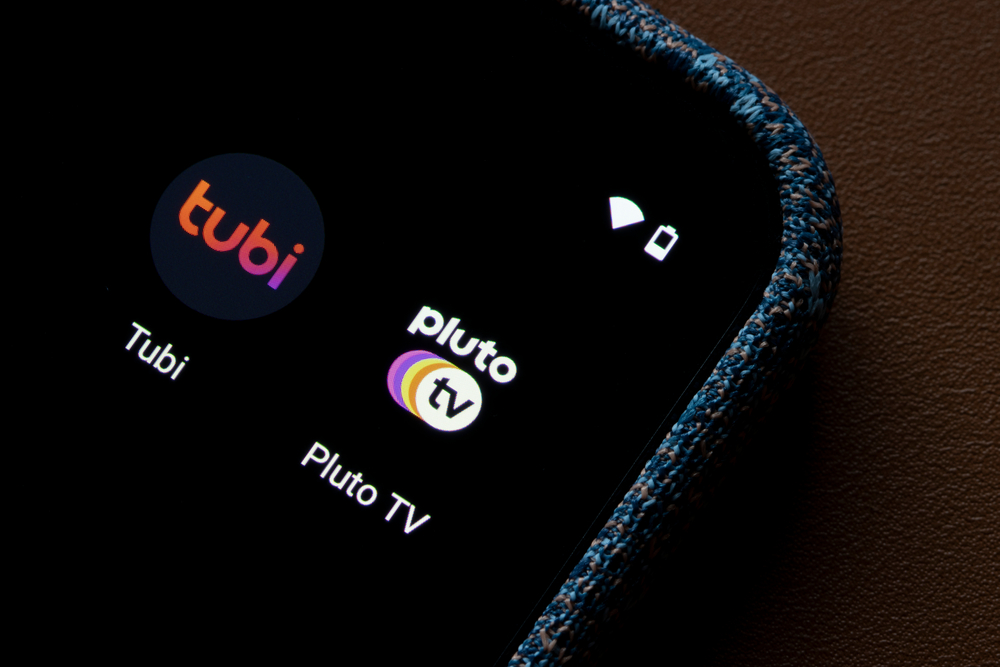
Advertising-based video on demand, or AVOD for shorthand, refers to an ad-supported video streaming service that offers content to viewers in exchange for viewing ads.
With the AVOD model, advertisers support publishers by buying ad space during programming.
In itself, AVOD advertising is familiar because it’s similar to traditional television advertising. However, the switch to digital viewing among TV audiences leads to better targeting and measurement.
Several types of AVOD platforms are relevant to brands looking to advertise on CTV devices. Here are some examples:
Standalone AVOD Platforms
These platforms are committed AVOD services that offer a range of video content supported by advertising. Some popular examples include:
Typically, each platform has its own apps that can be accessed quickly on connected TV devices.
Streaming Device-Owned AVOD Platforms
Most CTV devices already have their own AVOD platforms integrated into their software. Here are some well-known CTV examples offering free ad-supported content:
-
Roku and the Roku Channel
-
Amazon Fire TV and Freevee
Almost all modern TVs are smart TVs and their viewership will keep rising. By 2026, the number of smart TV households is expected to reach 274.2 million.
Broadcaster-Owned AVOD Platforms
Most media companies and traditional broadcasters have launched AVOD services to adapt to the streaming landscape.
These broadcaster platforms offer a mix of live and on-demand content from their networks, supported by ads. Examples of streaming providers include:
-
WarnerMedia’s Discovery+
-
Hybrid AVOD Platforms
Some platforms offer both AVOD and SVOD (subscription-based video on demand) options. These platforms let users access free content with ads or choose to subscribe to an ad-free experience for a fee.
The most popular example of this type is Hulu. This platform lets users opt for an ad-supported or ad-free plan, allowing viewers to choose how they watch.
Free Ad-Supported Streaming TV (FAST)
While AVOD provides video content on demand — letting viewers choose what to watch and when — FAST parallels the traditional TV experience where you choose a channel and watch whatever is programmed for that time.
FAST channels have content scheduled out, with advertising breaks added at specific points, almost exactly like ad breaks on a traditional broadcast TV channel.
This content distribution model is completely free for any user as it generates revenue from advertising. Its simplicity in the near limitless streaming options continues to grow viewers, as 57% of TV viewers watched FAST platforms.
The Ad Value on AVOD Channels

In a crowded field of AVOD services, users have more options to choose from. This is why streaming services that were previously SVOD-only are now providing ad-based options.
As the AVOD space becomes more competitive, platforms will need to emphasize the user experience to retain viewership. The correlation is clear: the more content users consume, the more video ads they are exposed to.
However, to sustain success, these platforms have to ensure an engaging and seamless experience for viewers.
AVOD Spans Television Genres
AVOD providers can enhance ad relevance by utilizing targeting, measurement, and programmatic ad activation.
In turn, this makes sure that ads are tailored to each household, so viewers find value in the advertisements they watch.
As advertisers, this presents an incredible opportunity to reach viewers who don’t mind the exchange of ads for premium content. But appropriateness is key to aligning brands with the viewer.
For reference, this Applebee’s commercial represents an mishandled placement, as it aired during the first news coverage of the conflict in Ukraine.
Audience-Based Buying
While linear TV advertising focused on matching content to demographics, streaming services lets advertisers execute audience-based buying.
Now, advertisements can be placed in front of the right audience, instead of just the right programs. CTVs have made it possible for marketers to collect large amounts of data about the types of audiences watching their programs.
With this information, advertising strategies can adapt quickly. For example, this could mean changing the time or location of ad delivery. Or, it can cycle through to creative to adjust based on newly discovered audience segments.
Future of AVOD Platforms
Year after year, traditional cable TV has been witnessing a consistent decline in its viewership, making it highly unlikely to retain the majority of its audience.
However, AVOD services present enduring advertising solutions that align with the maturation of the streaming market, the rise of cord-cutting, and the ever-evolving landscape of the online world.
Last year, AVOD had higher adoption rates than SVOD, with a 29% increase in households streaming AVODs, compared to a 21% increase for SVOD in the same period.
And by the end of 2023, two-thirds of consumers will use at least one AVOD service monthly.
AVOD Capitalizes on the Expanding CTV Market
CTV devices provide a seamless and convenient way for consumers to access streaming services, including AVOD platforms, on their television screens. This has led to a significant increase in viewership of AVOD content through CTV devices.
Take action now and contact us to explore the possibilities of CTV advertising for your next campaign strategy.
By leveraging our experience and expertise, we ensure your brand reaches the desired audience at the right time.

Andy Dixon is a seasoned Content Writing Specialist at Strategus, renowned for his expertise in creating engaging and impactful digital content. With over a decade of experience in content creation, Andy has honed his skills in a variety of niches, ranging from technology and marketing to education.
Strategus is a managed services connected TV(CTV) advertising agency with over 60,000+ campaigns delivered. Find out how our experts can extend your team and drive the result that matter most.
Talk to an Expert
Table of Contents
Seeking a Custom CTV Strategy That Delivers?
What to read next
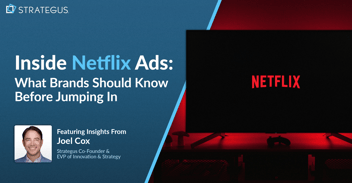
Advertising on Netflix: What Brands Should Know Before Jumping In
A few years ago, Netflix was the ad-free paradise we all turned to for uninterrupted binge-watching. But today, keeping up with every streaming...
5 minutes read
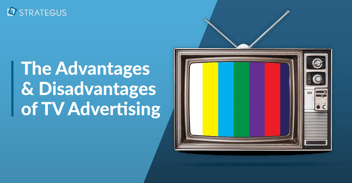
The Advantages and Disadvantages of TV Advertising
Chances are you remember a few iconic commercials from childhood. For me, the Budweiser ‘Wassup’ campaign comes to mind. It was embedded in early...
13 minutes read

CTV Targeting: 22 Tactics to Reach the Right Viewers
Targeted advertising has been around since the early days of the internet. And while it often brings to mind the ads we see while browsing the...
17 minutes read
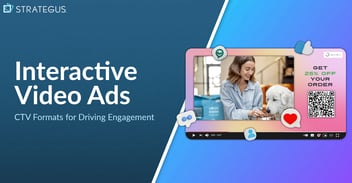
Interactive Video Ads: CTV Formats for Driving Engagement
It used to be that TV advertising was a one-way street. Commercials talked at viewers, a.k.a. the passive recipients of the advertising message....
20 minutes read



